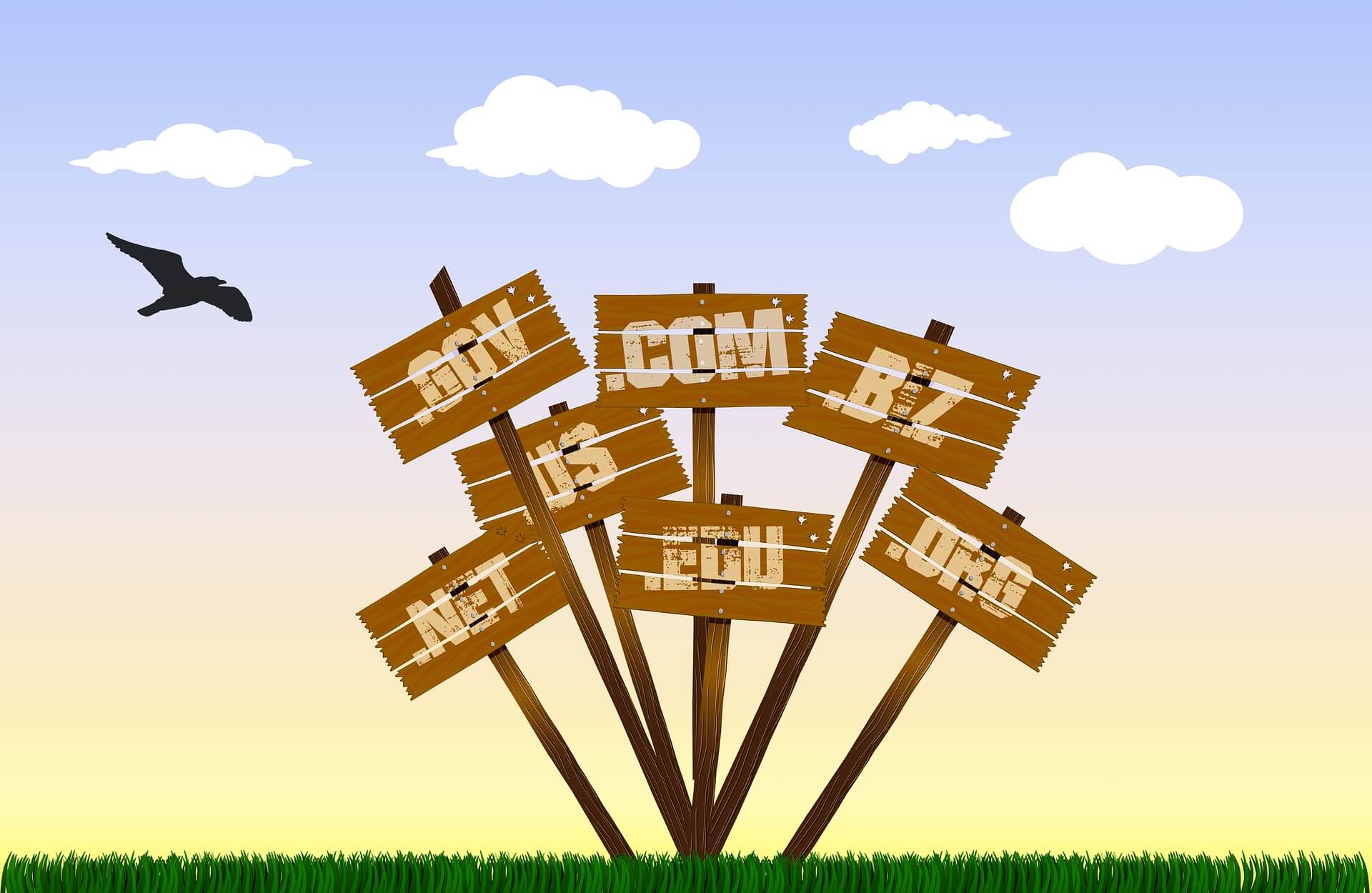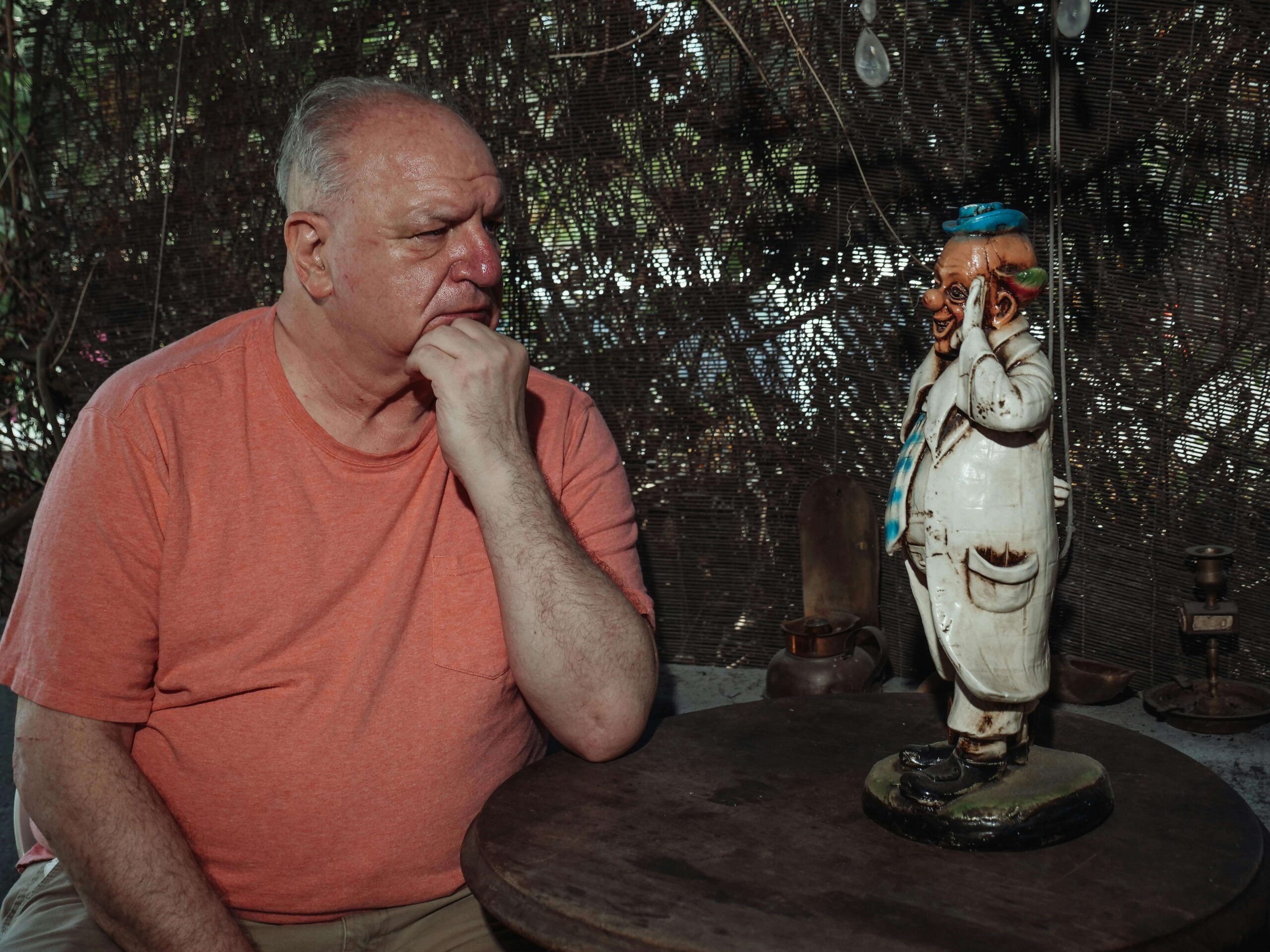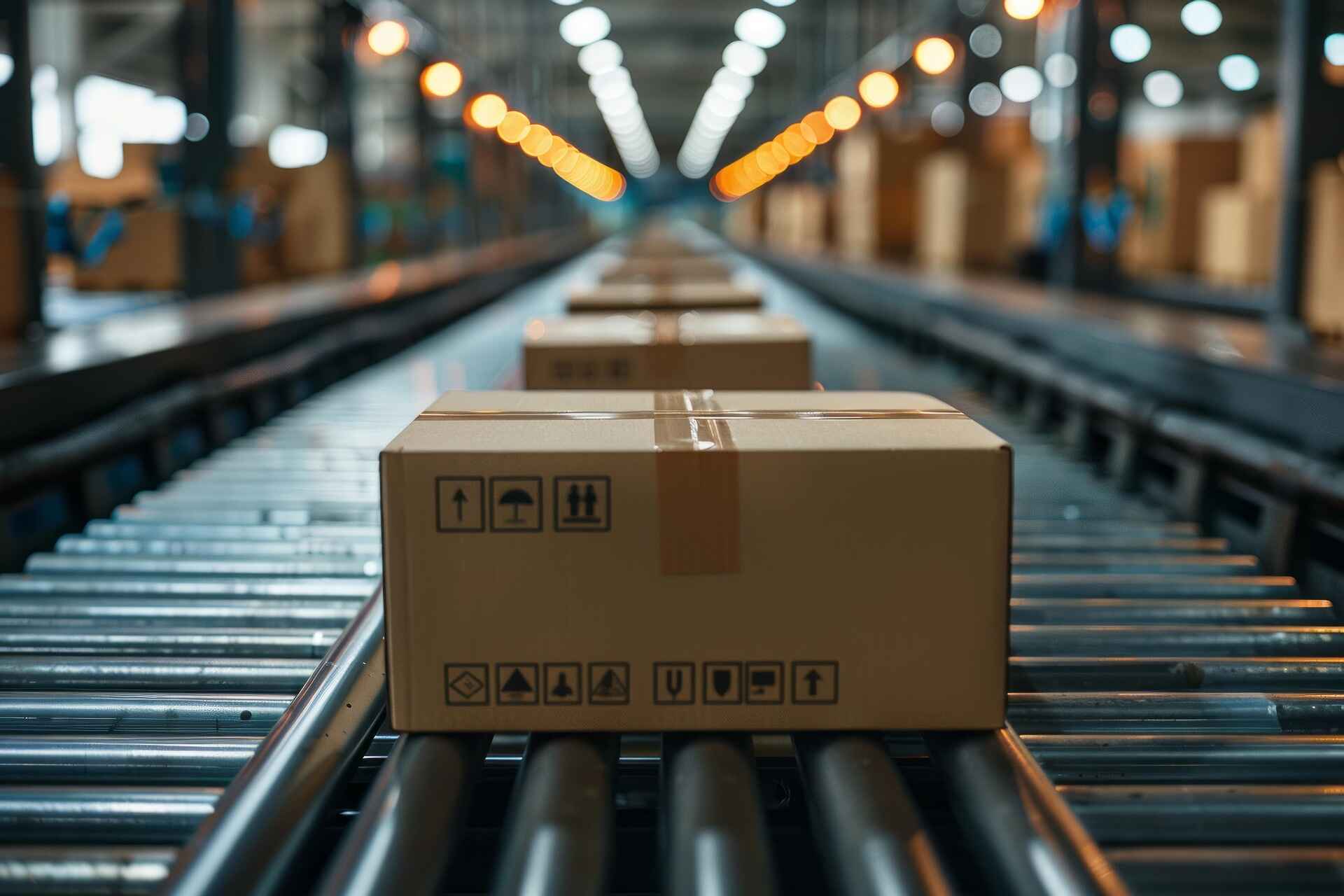Dropshipping is among the first business models you’ll find when you search for the best ways to make money online. You’ll see it recommended on blogs, YouTube videos, and podcasts, and for good reasons.
It’s beginner-friendly, requires little upfront investment, and lets you sell products without ever handling inventory. But while it sounds simple on the surface, success with dropshipping takes strategy, smart planning, and realistic expectations.
In this post, we’ll break down what dropshipping really is, how it compares to other business models, what it costs, and how to get started step by step.
-
Dropshipping lets you sell products online without handling inventory, making it a beginner-friendly way to start an eCommerce business.
-
Compared to other models like wholesale or private labeling, dropshipping has lower startup costs but also lower profit margins.
-
You’ll need to budget for hidden costs like platform fees, advertising, and app subscriptions to run a dropshipping store properly.
-
It can take up to six months to start seeing real results, especially as you test products and learn how to market them effectively.
-
Dropshipping is a smart way to test products before scaling into more advanced models like private labeling or wholesale selling.
How does dropshipping work?
Dropshipping is a retail fulfillment method where you don’t keep any products in stock.
Instead, when a customer places an order in your online store, you simply forward that order to a third-party supplier—usually a manufacturer, wholesaler, or another retailer—who then ships the product directly to the customer.
In this setup, you act as the middle person between the buyer and the supplier.
There are some clear advantages to this model. First, it has low upfront costs, making it ideal for beginners. You don’t need to manage inventory, rent a warehouse, or deal with packaging and shipping. All you really need is a laptop and an internet connection to get started.
However, there are a few downsides to consider. Profit margins are typically lower compared to other business models. You also have less control over product quality and shipping times since those responsibilities lie with your supplier.
And if the supplier makes a mistake, like sending the wrong item or shipping late, you’ll be the one handling the customer complaints.
Dropshipping vs. Online Arbitrage
Online arbitrage is when you buy discounted products from websites like Walmart or Target and resell them for a profit on platforms such as Amazon or eBay.
One of the biggest differences is how you handle inventory. With online arbitrage, you purchase and often store the products yourself. In dropshipping, you never touch the product; the supplier ships it directly to the customer.
This also means online arbitrage usually requires more upfront capital, since you’re buying inventory ahead of time. There’s also more risk involved. If the products don’t sell, you’re left with unsold stock.
Dropshipping, on the other hand, carries less financial risk because you’re only paying for a product after you’ve made a sale.
A smart way to look at it: dropshipping is perfect for learning the ropes of ecommerce with lower risk, while online arbitrage can become more profitable once you have some capital and experience under your belt.
Dropshipping vs. Wholesale Selling
Wholesale selling means you buy products in bulk at a discounted rate and resell them for a profit. One major difference is profit margins. Wholesale usually gives you better margins compared to dropshipping.
You also get more control over how your product is branded, packaged, and shipped. However, there’s a catch: you need space to store your inventory, whether that’s in your garage or through a fulfillment center.
If you’re ready to invest some capital and have storage available, wholesale can be a stronger, more sustainable business model in the long run. That said, dropshipping is still a smart way to test product ideas before diving into wholesale.
Dropshipping vs. Private Labeling
Private labeling means you sell products under your own brand, even though they’re made by someone else.
The biggest difference between private labeling and dropshipping is branding. Private labeling gives you the chance to build a recognizable brand and create customer loyalty, while dropshipping doesn’t offer much in that area.
When it comes to getting started, dropshipping is much faster. You can launch within days, whereas private labeling takes time for things like manufacturing, branding, and shipping.
Cost is another major factor. Private labeling usually comes with higher startup costs because of minimum order quantities, custom packaging, and branding fees.
A smart move for beginners? Use dropshipping to test which products actually sell, then switch to private labeling for the winners so you can build a real brand with better profit margins.
Dropshipping vs. Affiliate Marketing
Affiliate marketing is when you promote someone else’s product and earn a commission whenever someone buys through your link.
One of the key differences between affiliate marketing and dropshipping is ownership. With affiliate marketing, you don’t own the customer relationship. The brand you’re promoting does. In dropshipping, however, you control the customer experience from purchase to delivery.
Both models rely heavily on digital marketing, but affiliate marketers tend to focus more on content creation and SEO, while dropshippers often use paid ads and conversion optimization.
When it comes to profit, dropshipping can earn you more per sale, but you’ll also have to handle customer service. Affiliate marketing, on the other hand, comes with fewer responsibilities after the sale.
If you hate dealing with returns, complaints, or shipping delays, affiliate marketing might be a better fit. But if you’re aiming to build a long-term ecommerce brand and customer base, dropshipping is the stronger option.
Here’s a comparison table to better understand how dropshipping differs from other business models:
| Business Model | Inventory Handling | Startup Cost | Profit Potential | Control Over Brand | Risk Level | Best For |
| Dropshipping | Supplier ships products directly to customers | Low (no need to buy inventory) | Moderate (lower margins) | Low | Low (only pay after sale) | Beginners wanting to learn eCommerce with minimal risk |
| Online Arbitrage | You buy and store discounted retail items | Medium to High (must buy stock) | High (if you find winning products) | Low | Medium to High (unsold inventory risk) | Sellers with some capital and sourcing skills |
| Wholesale Selling | You buy in bulk and store products | High (buying bulk inventory) | High (better margins than dropshipping) | Medium to High | Medium (inventory and storage needed) | Sellers ready to invest and scale sustainably |
| Private Labeling | Manufacturer makes products under your brand | High (MOQ, branding, packaging) | Very High (strong brand loyalty) | High | High (slow startup, larger investment) | Sellers wanting to build a long-term brand with higher profits |
| Affiliate Marketing | You don’t handle inventory at all | Very Low (just a website or blog) | Low to Moderate (depends on traffic) | None | Very Low (no shipping or customer service) | Content creators, bloggers, influencers who prefer hands-off monetization |
How much does it cost to start a dropshipping business?
One of the biggest myths about dropshipping is that it’s “free to start.” That’s simply not true. While you won’t need to buy inventory upfront, there are several costs to consider if you want to run a serious business.

Let’s start with the basic costs. You’ll need a domain name, which usually costs between $10 to $15 per year. If you’re using a platform like Shopify, you might start with their $1 trial for the first month, but it jumps to $39/month afterward.
Apps and tools, like those for email marketing, product reviews, or upsells, can range anywhere from $20 to $100 per month depending on what you use. Product sourcing tools like DSers, AutoDS, or Spocket might cost you anywhere between $0 and $50 per month.
Then there’s advertising. Whether you’re running ads on Facebook, TikTok, or Google, expect to spend at least $5 to $100 per day depending on your budget and testing strategy.
Now, onto the hidden costs that catch many beginners off guard. Payment processors like PayPal and Stripe take a cut of every sale—usually around 2% to 3%. Some dropshipping platforms or suppliers may also charge service fees just to use their tools or access certain products. And if a customer wants a refund or if the product never arrives, you may have to eat the cost yourself.
My advice is for you to expect to spend around $300 to $1,000 during your first one to two months. That range gives you enough wiggle room to set up your store, test ads properly, and use the right tools to run things smoothly.
How Long Before You Start Seeing Results?
Dropshipping is not a get-rich-quick scheme. That’s a tough reality you need to accept right from the start. It takes time, trial and error, and a bit of patience to get things moving.
In the first month or two, you’ll mostly be setting up your store, learning how to run ads, and testing different products. Don’t be surprised if you lose money at this stage. It’s part of the learning curve.
By months three and four, you might discover your first winning product. However, you’ll still be fine-tuning your ads, analyzing your results, and learning what works and what doesn’t. Costs also start creeping up here, especially if you started with a $1 Shopify trial. Remember, it jumps to $39/month after that first month.
In months five and six, you may begin breaking even or even turning a profit. If a product is doing well, you can start scaling up your ads. But be ready for surprise costs like chargebacks or ad fatigue that can throw off your profit margin.
Give yourself at least 6 months of consistent effort before expecting real profit. Budget smart. Those $1 trials won’t last forever, and being prepared for those jumps in cost can make all the difference.
Step-by-Step of Starting a Dropshipping Business
Starting a dropshipping business can be exciting, but the steps you take early on can make or break your success. Here’s a detailed roadmap to help you launch smart, stay focused, and scale efficiently.
Step 1: Choose a Niche
You want to choose a product category that you’re genuinely interested in or at least familiar with. It makes research, marketing, and customer support so much easier.
But don’t just go with what’s trending. Avoid super saturated niches like basic phone cases or generic T-shirts unless you have a unique twist. Instead, look for niches with passionate audiences or underserved communities.
Focus on products that have a “wow factor” or solve a real problem. Emotional appeal also matters—think pet lovers, new moms, fitness fanatics. These audiences are more likely to buy on impulse and share your product.
Step 2: Research Products
Once you’ve picked a niche, it’s time to dig into the products. Use platforms like AliExpress if you’re just starting. It’s beginner-friendly with a wide selection. Spocket or DSers are great if you want faster shipping options, especially from US or EU-based suppliers.
And don’t underestimate TikTok. Search terms like “TikTok made me buy it” to find trending products people are excited about.
Here’s one thumb rule I swear by: look for products with a high number of orders and positive reviews. Check the seller’s responsiveness, too. And see what kind of product videos already exist. You’ll need great visuals for marketing.
Step 3: Choose a Supplier
Your supplier is the backbone of your business. Make sure they offer fast, reliable shipping, have consistently high ratings, and respond quickly to messages. Poor communication or late shipments can destroy your brand’s reputation, even if it’s the supplier’s fault.
Always order a sample for yourself before running any ads. This lets you check the product quality, packaging, shipping time, and customer experience firsthand. It also gives you content to shoot your own marketing videos—which perform much better than generic stock clips.
Step 4: Build Your Store
You don’t need to be a tech wizard to build a great store. Use platforms like Shopify or WooCommerce for a beginner-friendly setup. Focus on a clean, mobile-friendly design. Most shoppers browse on their phones. Keep your site fast, simple, and trustworthy.
Your website must feature clear and benefit-driven product descriptions, high-quality images, trust badges to boost credibility, imported reviews for social proof, and clear policies like FAQs, shipping info, and your refund process.
Additionally, install apps that allow upsells, email capture, and live chat support from day one. These little details can turn casual visitors into paying customers.
Step 5: Set Up Your Payment Processor
You’ll need a way to collect payments. Start with PayPal and Stripe, as they’re widely used and easy to integrate. Eventually, you’ll want a business bank account for proper accounting and tax management.
My advice? Keep your personal and business finances separate. It makes your life a lot easier during tax season and builds credibility if you apply for business credit later. Also, double-check your store name matches your banking and payment info to avoid verification issues.
Step 6: Run Product Testing Ads
Once your store is live, the real work begins: marketing. Start with Facebook Ads or TikTok Ads, which are ideal for reaching shoppers fast. Begin with a small daily budget: $5 to $10 is enough for testing.
Focus on eye-catching short-form videos (15–30 seconds), with an attention-grabbing hook in the first three seconds. End with a strong call-to-action like “Shop now” or “Buy before it sells out!”
You don’t need to go viral. You just need one ad that performs decently to learn what works. Test multiple creatives and audiences. Keep the messaging simple—focus on what the product does, not just what it is.
Step 7: Analyze and Optimize
This step separates hobbyists from serious business owners. Take a close look at your ad metrics. Track Click-Through Rate (CTR), Cost Per Purchase (CPP), and your Add-to-Cart vs. Purchase ratios. These numbers tell you what’s working—and what’s draining your budget.

Don’t get emotionally attached to any product. If it’s not converting, pause it and move on. Focus on scaling winners by duplicating your best ads and increasing your budget gradually. Also, make sure your product page is optimized. Slow pages or confusing layouts can kill conversions.
Step 8: Customer Service
Even if everything’s automated, customer service is where you really earn your long-term profits. Shoppers will have questions about shipping, returns, sizing, or how something works. Prepare some canned responses for common issues so you can respond quickly and professionally.
Make your customers feel heard. A fast and kind response—even if it’s just updating them on a tracking number—can turn a one-time buyer into a repeat customer. Use customer support tools like Zendesk or even Facebook Messenger plugins to streamline communication.
Dropshipping is a fantastic entry point into the world of ecommerce. You don’t need a warehouse or a massive investment to get started, but that doesn’t mean it’s easy.
It takes real effort, smart marketing, and a willingness to keep testing and adjusting. The early months are for learning, so treat it as your real-world business education.
Use dropshipping to test products, understand buyer behavior, and get a feel for running an online store. If you take it seriously, it can become a stepping stone to private labeling, wholesale, or even launching your own brand.
If you’re just in it for fast cash, you’ll likely burn out. But if you treat it like a real business, the long-term rewards can be huge.
Need more tips or a downloadable dropshipping checklist to help you get started? Just let me know. I’ve got plenty more to share.







